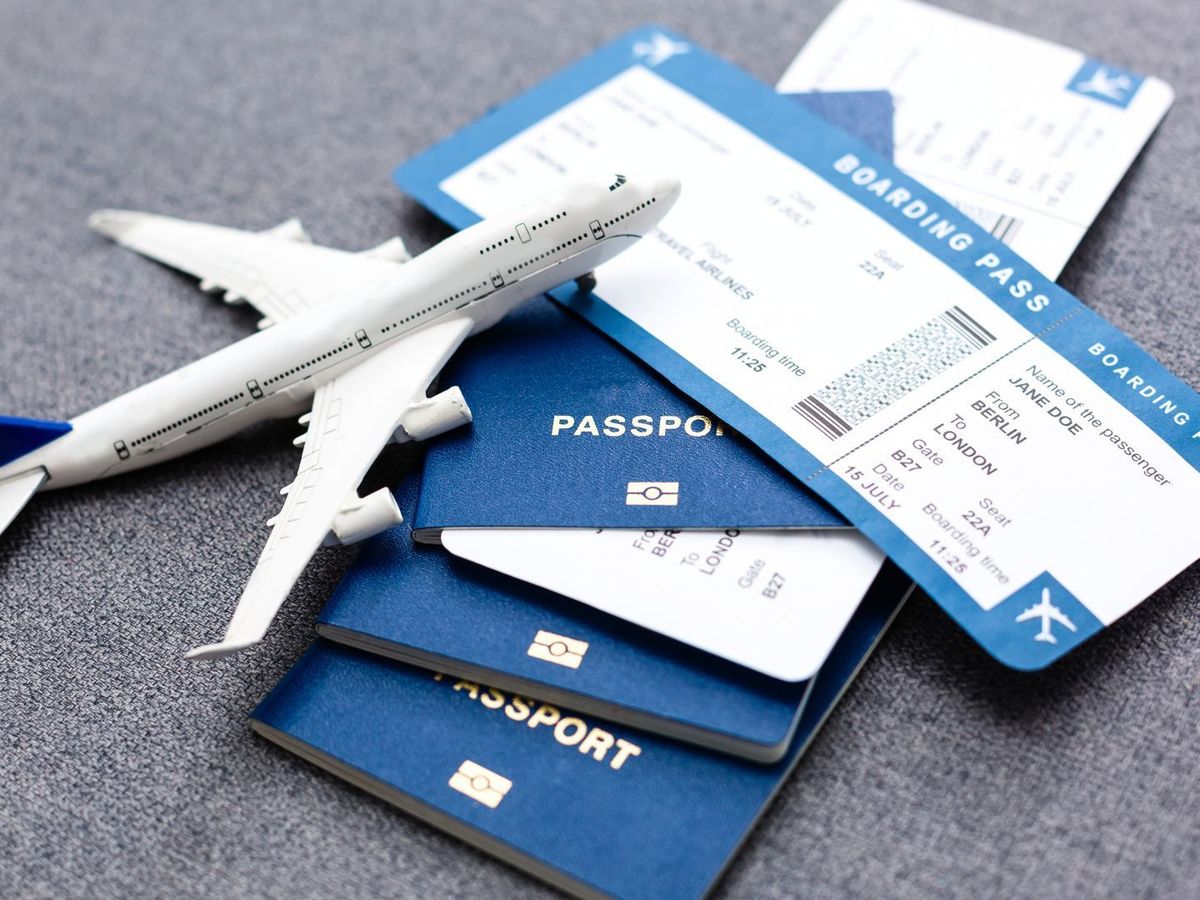Introduction
South Korea, a vibrant and dynamic country in East Asia, is known for its rich history, rapid development, and unique culture. Within its borders lie a plethora of cities, each with its own distinct identity and significance. Understanding South Korean city names unveils a tapestry of cultural, historical, and geographical narratives.
Historical Significance
The roots of South Korean city names can be traced back to ancient Korean dynasties such as Goguryeo, Baekje, and Silla. These dynasties not only left behind architectural marvels but also bestowed names upon cities that resonate with the country’s heritage. Additionally, the colonial period under Japanese rule left its mark, with some cities bearing names influenced by Japanese pronunciation.
Modern Classification
South Korean cities are categorized into metropolitan cities, provincial cities, and special cities based on their administrative status and population size. Metropolitan cities like Seoul, Busan, and Incheon are major urban centers with significant economic and cultural influence.
Top South Korean Cities
Among the myriad of cities in South Korea, several stand out for their prominence and importance. Seoul, the capital and largest city, serves as the political, economic, and cultural hub of the country. Busan, a bustling port city, is renowned for its maritime industry and scenic beaches.
Economic Hubs
Seoul’s dominance in South Korea’s economy is unparalleled, with major conglomerates and financial institutions headquartered in the city. Busan, on the other hand, boasts one of the world’s busiest ports and is a vital link in global trade networks.
Cultural Centers
Seoul’s cosmopolitan character makes it a melting pot of diverse cultures, cuisines, and lifestyles. However, each region in South Korea also harbors its own unique cultural traditions and heritage, contributing to the country’s rich cultural tapestry.
Urban Development
South Korean cities have undergone rapid urbanization and modernization, resulting in extensive infrastructure development and architectural marvels. Efforts towards sustainability and green initiatives are increasingly prevalent to mitigate the environmental impact of urbanization.
Tourism Attractions
From ancient palaces to modern skyscrapers, https://guloseu.kr/ offer a myriad of attractions for tourists. Historical landmarks such as Gyeongbokgung Palace in Seoul and Beomeosa Temple in Busan coexist with natural wonders like Jeju Island’s volcanic landscapes.
Challenges and Solutions
Rapid urbanization poses challenges such as overcrowding, traffic congestion, and environmental degradation. South Korea is actively implementing solutions including efficient public transportation systems, eco-friendly urban planning, and preservation of green spaces.
Future Prospects
The future of South Korean cities lies in embracing smart city initiatives and sustainable growth strategies. With advancements in technology and a commitment to environmental stewardship, South Korea aims to create livable, resilient cities for future generations.
Conclusion
South Korean city names encapsulate a rich tapestry of history, culture, and modernity. From the bustling streets of Seoul to the tranquil shores of Busan, each city tells a unique story, contributing to the vibrant mosaic of South Korea’s urban landscape.





